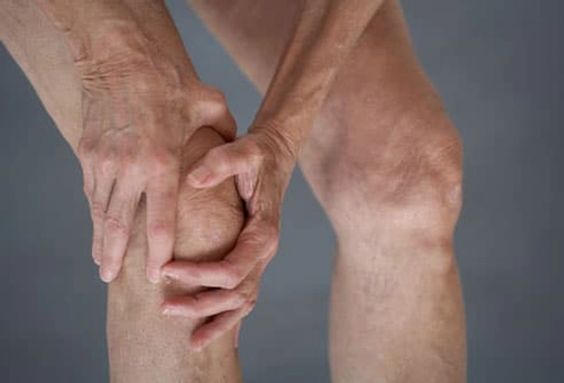Living with Osteoarthritis
Osteoarthritis is a common condition that affects millions of people around the world. It is a degenerative joint disease that occurs when the cartilage that cushions the bones in your joints breaks down. This can cause pain, stiffness, and swelling in the affected joints. While there is no cure for osteoarthritis, there are treatments that can help manage the symptoms and slow the progression of the disease.

Living with osteoarthritis can be challenging, but there are things you can do to maintain your quality of life. Understanding the condition and its management is the first step towards living a full and active life. This article will provide you with valuable information about osteoarthritis, its symptoms, and ways to manage the condition effectively.
Understanding Osteoarthritis
Osteoarthritis is characterized by the breakdown of cartilage in the joints. Cartilage is a tough, slippery tissue that allows bones to move smoothly against each other. When cartilage breaks down, the bones rub together, causing pain, stiffness, and inflammation. Over time, the joint may lose its shape, and bone spurs may develop, further limiting movement and causing discomfort.
The most common symptom of osteoarthritis is pain in the affected joint. This pain may be worse after activity or at the end of the day. Other common symptoms include:
- Joint stiffness
- Swelling in the joint
- Tenderness to the touch
- A grating or clicking sensation when the joint is moved
- Limited range of motion
The exact cause of osteoarthritis is unknown, but several factors can increase your risk of developing the condition. These factors include:
- Age: The risk of osteoarthritis increases with age.
- Obesity: Excess weight puts extra stress on your joints.
- Joint injury: Previous injuries can increase the risk of osteoarthritis in that joint.
- Genetics: A family history of osteoarthritis can increase your risk.
- Repetitive use: Jobs or activities that involve repetitive joint movements can contribute to osteoarthritis.

.jpg)